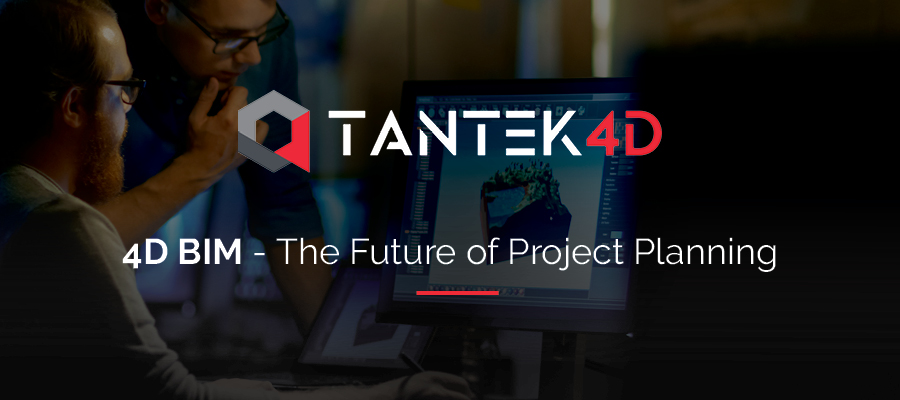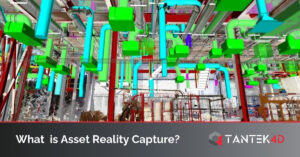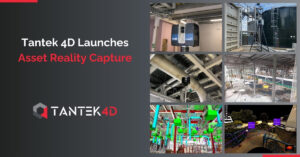Background of 4D BIM
4D BIM involves the allocation of schedule (time) related data to a 3D information model. In simple terms, it entails linking the activities/tasks of a project programme to the elements of a 3D model. This process allows the schedule data, once an isolated process, to be visualized, thereby improving on traditional project planning techniques and the time predictability issue.
The origins of 4D BIM can be attributed back to the 1980s, where Hitachi Ltd and Bechtel collaborated to create a 4D model. Following this, Fischer & Associates at Stanford University worked on the creation of 4D simulations during the 1990s. Indeed, over the last few years there has been a moderate growth in the adoption of 4D BIM. More recently, high profile clients such as Microsoft and Amazon have started requesting its inclusion on their projects.
Applications of 4D BIM
4D BIM has a number of significant uses on projects and can be utilised by contractors throughout the pre-tender planning, pre-contract planning and contract planning stages of a project. Some of the main applications of 4D BIM include;
- sequencing of works
- health & safety management
- risk mitigation
- crane lift strategies
- logistics management
- constructability analysis
- spatial planning.
Regarding health & safety management, 4D BIM can be used for the continuous monitoring and visualisation of potential safety risks as they evolve. It is also beneficial for the digital illustration of site safety plans and procedures, and for the testing of safety strategies on projects.
With regard to logistics management, workspace is generally difficult to plan and manage, particularly on congested city centre projects. To alleviate this, 4D simulations can be used to optimise a number of space-related concerns on projects such as vehicle access/egress routes, storage area layouts, flow of site personnel and the safe operation and movement of construction plant.
In relation to constructability analysis, 4D simulations are particularly useful for digitally rehearsing alternative construction works in order to choose the best one. It enables the comparison of each option according to schedule duration, costs, and associated risks. The process itself acts as a medium for knowledge generation, communication, and the sequencing of tasks.
Benefits of 4D BIM
The adoption of 4D on projects generates many benefits, including;
- reduction in health & safety risks
- improved cost & schedule certainty
- detection of sequencing errors
- improved certainty in project methodology
- the enhancement of communication between stakeholders.
In summary, 4D BIM allows project teams to assess the completeness of the 3D model and importantly, the robustness of the project schedule.




